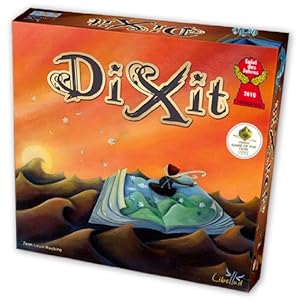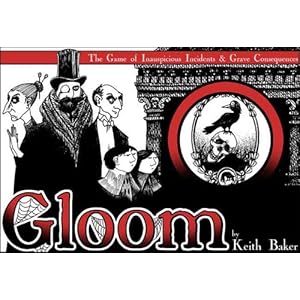As a teacher I have often been asked by parents and my students, “What books should/ ought/ must my child/I read?” Usually I have answered this from a literacy point of view and replied, “What the individual finds interesting, since boredom or lack of interest is the biggest turn off for a beginning, developing, young, or even established reader”. Alternatively my response has been to provide the latest list of CBCA shortlisted or notable titles, since keeping up with the latest trends is important. Children especially dislike stories, characters and language that are outdated. Have you been watching the first James Bond films on TV? How clichéd and outmoded in fashions of all types these relics seem. The humour is wet, the clothes are most notably different, the action is tamer and dare I say it, Sean Connery doesn’t seem quite so suave. And talk about sexist! Quite unobtrusively and without us noticing, our culture and society morph over the years, diminishing the vibrancy, relevance and appeal of many previously acclaimed books, stories, music and films. This is of course one of the tests of a classic. If a work retains its application to current life and values, then it has that ‘je ne sais pas’ that makes it a literary work. But even classic literature has its draw backs. Usually one has to be a very dedicated reader to plow through some of the classics in their original form, hence the many adaptations and rehashes of these important reflection and representations of humanity, some good and some bad!
As a child my first introduction to ‘the classics’ was through the monthly comic I was allowed. While my brother opted for ‘The Eagle’, a boys’ comic about spaceships and intergalactic adventure, I read my way through “A Tale of Two Cities”, “Jane Eyre”, “Macbeth”, and many more. I wish I had kept them because only now in my mature years do I realize they probably formed the basis of my future as a reader and, I like to think, a person fairly well -versed in English literature. Now such publications are called graphic novels and are easily accessible via the net but I must confess I’m not au fait with the quality of these more recent publications.
As I prepare my Christmas list for this year I have been thinking about how important it is for children to at least know but preferably read certain stories. Irrespective of any personal religious beliefs, how important is it for each of us to know the story behind Christmas or indeed many of the Bible stories? How much does a person miss out on if they don’t understand about their Achilles’ heel or about ‘being a Scrooge’ or perhaps ‘ a Romeo’? Reading is not just about sounding out the letters or knowing the meaning of each word. That is the literacy. It’s also about access to that deeper understanding of the ideas, inferences, implications and allusions; in other words the literature.
So perhaps over the next few years, in my grandson’s Christmas stocking will be the best adaptation of Bible stories for children I can find; at least Dickens’ “A Christmas Carol”; definitely some myths and legends; some traditional nursery rhymes; some updated Peter Rabbit; “Wind in the Willows”; “House at Pooh Corner”; a series of graphic novels of the classics; Aesop’s’ Fables; Kipling’s “Just So Stories” and “Grimm’s Fairy Tales” at least, as well as the latest CBCA Book of the Year winners. That should keep him well read and reasonably informed. And what I have missed out, I’m sure others will add to my list.
Carol Fuller
PS There is a little book called “Don’t Leave Childhood Without…” published by Specialist Children’s Booksellers that provides an excellent guide to the essential reading to which I am alluding.



